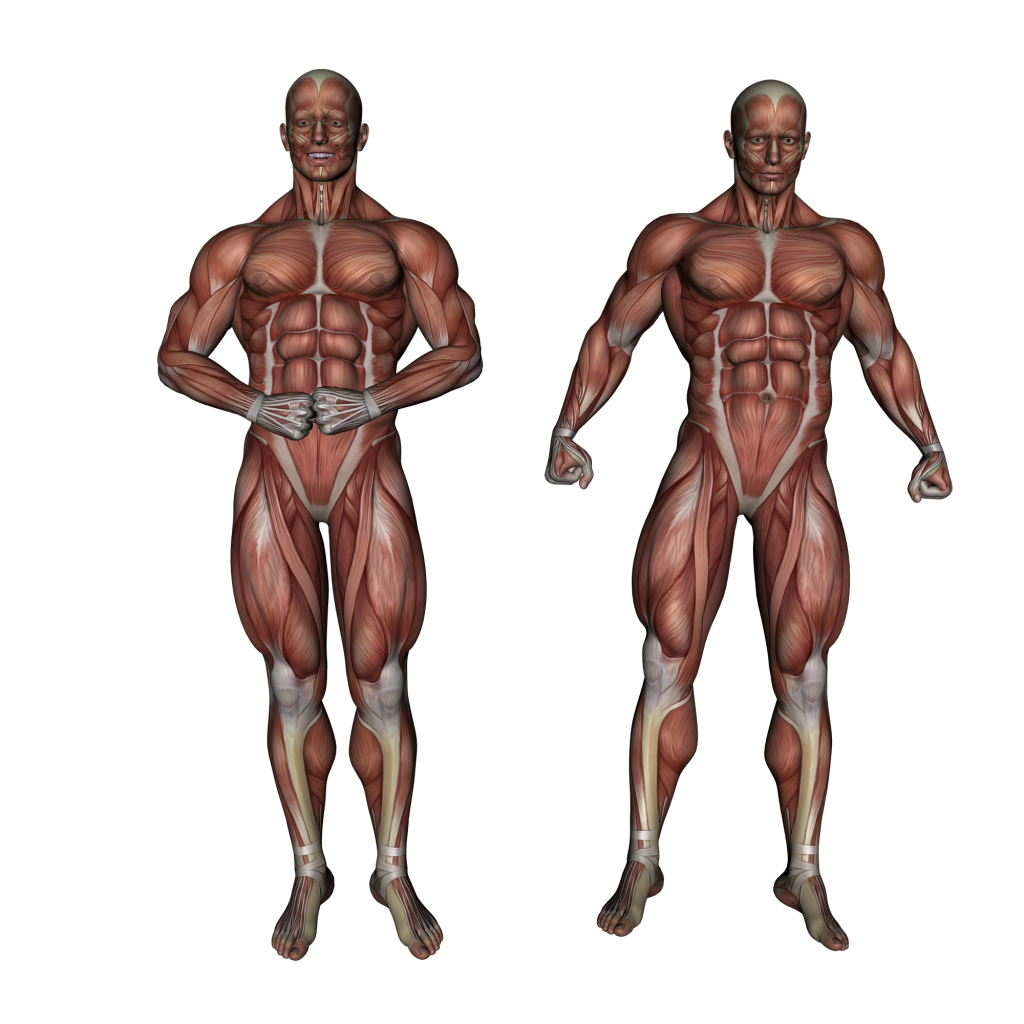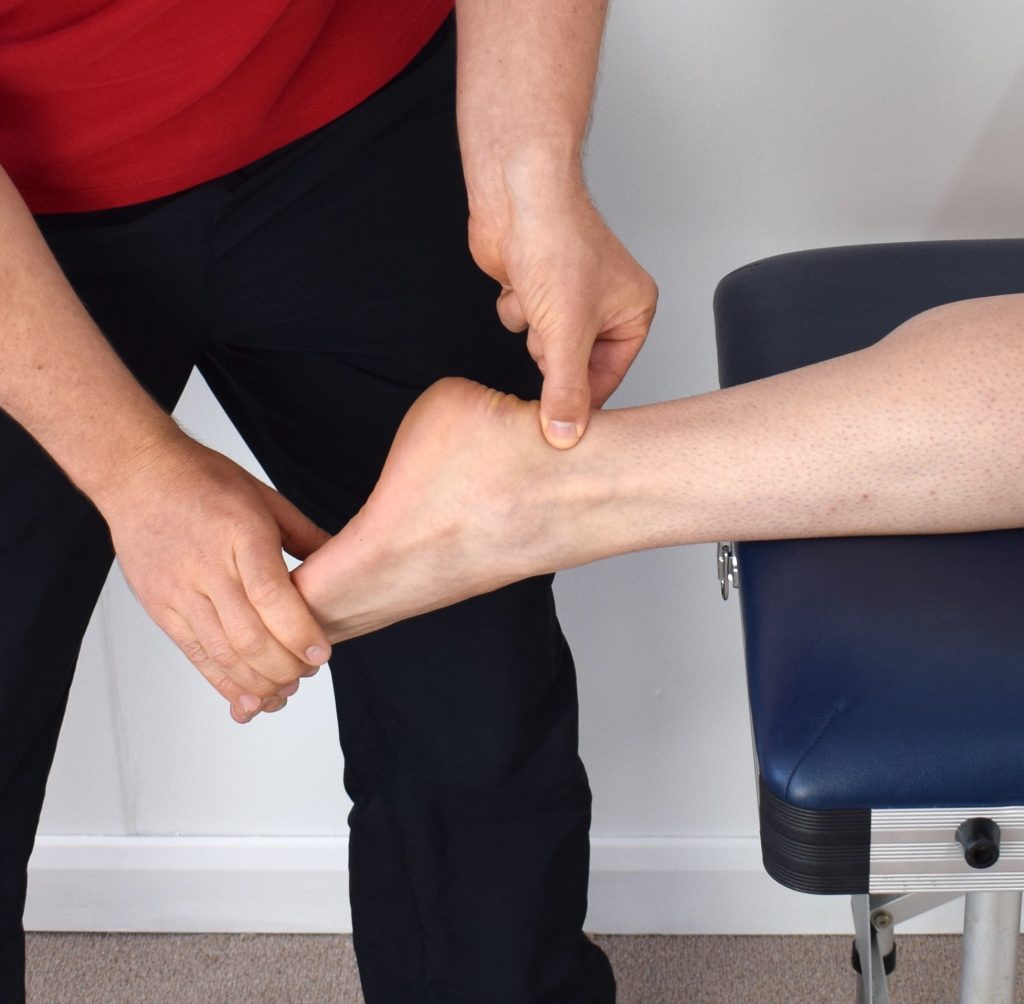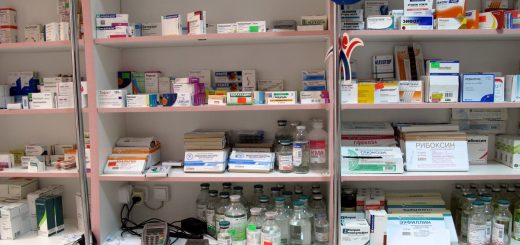Treatment for Injured Tendons and Ligaments

Injury to tendons and ligaments are not that uncommon and the treatment for both is rather similar. In fact, people regularly sustain these types of injuries as they get older because both of these types of structures may get weaker with age. These injuries even present the same symptoms.
Let’s start by looking at each type of injury first. Then we can talk about the appropriate treatment.
Ligaments
The tissue that connects most of the bones in the body is called a ligament . The ligament is a short band of tough, flexible tissue. This tissue is in turn made up of lots of individual fibres. It’s these fibres that connect the bones of the body together. The purpose of the ligament is to provide a passive limit to the amount of movement between your bones.
What Is A Torn Ligament?
Ligament injuries occur mostly in athletes as a result of stress exerted on the tissue. It can occur at any time and typically affects the knee and ankle. The knees and ankles are particularly vulnerable when playing sports. Knee ligaments and ankle ligaments are more likely to be injured because these joints are weight-bearing. And during full-contact sports, they are under high stress with any change of direction.
Ligaments are said to be injured when the joint is stressed beyond its normal range. This typically occurs due to an awkward landing or when the individual was twisting. These can cause a strain in the tissue around a particular joint leading to it stretching fully and sometimes tearing away from the bone. There are 3 grades of ligament injury:
• Grade I – Mild Ligament Tear
• Grade II – Moderate Ligament Tear
• Grade III – Complete Ligament Tear
Tendons

Tendons are similar to ligaments in that they are both made of collagen and both categorised as ‘sinews’. Tendons are also tough bands of fibrous connective tissues. But unlike ligaments that connect the bone of the body together by connecting one bone to another, tendons connect muscles to bones. These hard tissues are capable of withstanding a relatively large amount of tension.
What is a Tendon Injury?
Repetitive tendon overloading is the leading cause of a tendon injury. The problem with tendon injuries is you’ll not know until it is too late – they always seem to happen so suddenly!
Just like ligaments, there are common sites for tendon injuries. Tendon injuries can occur near joints, such as the shoulder, elbow, knee, and ankle. But the most common type of injury occurs near the heel and elbow joints. Tendon injuries are also relatively common in people who play sports.
Treatment
Grade I ligament injuries, where there is only mild ligament tear, and most tendon injuries can be treated at home:
- Rest from painful activity
The first thing you want to do is rest and avoid any activity that makes the pain worse. - Immediately start icing the injury
Apply ice or cold packs for 10 to 15 minutes at a time, as often as 2 times an hour. Repeat these steps for the next 72 hours. If the area is still sore, keep using the ice but increase the interval between each application. - Get some anti-inflammatory medications
Over-the-counter pain relievers, such as acetaminophen or NSAIDs (such as ibuprofen or naproxen), can help. If the pain is bearable skip it. But if you do need them to manage the pain, make sure you take these medicines exactly as prescribed or according to the label. Always follow the non-prescription medicine precautions. - Do not avoid all types of movement
You need to prevent stiffness from settling in. So, do some gentle range-of-motion exercises and stretching.
You should feel better within a few days and you could be ready to resume your activity. Just remember to take it easy for a while. If necessary, do only a few light exercises and build back to your previous level slowly.
For more serious injuries, though, you’ll have to see a doctor to get the appropriate treatment.
Is It True that Prolotherapy Works?
Prolotherapy is a regenerative injection therapy that is known to help repair ligaments. It is an alternative therapy, also known as proliferation therapy, that is meant to treat injured joints and connective tissues. It is also very helpful for people who suffer from conditions like arthritis, whiplash, and degenerative disc disease as it can treat a number of areas in the body, including back, neck, knees, hips, and pelvic floor.
How Is The Therapy Performed?
Prolotherapy doesn’t take long. The whole process can begin and end within 30 minutes or less, and that’s including the prep you will have to make when arriving at the facility.
You will be given a dose of local anesthetic. Then your doctor will carefully make the injection to a very specific, targeted area in the injury site. Heat packs will be placed on these areas and you’ll have to wait for 10-15 minutes before you are allowed to leave.



